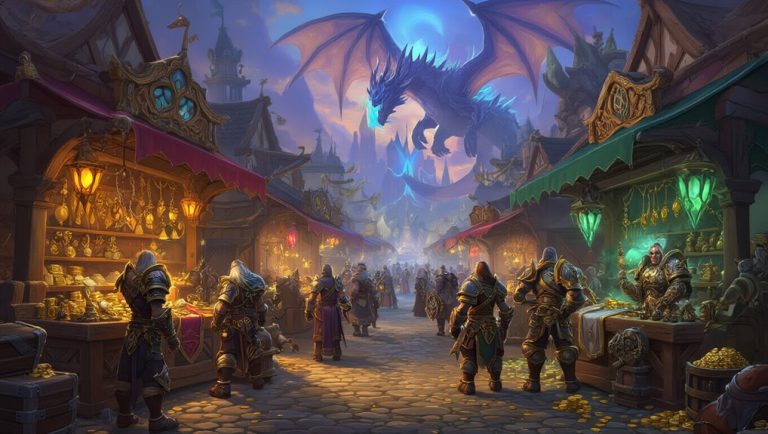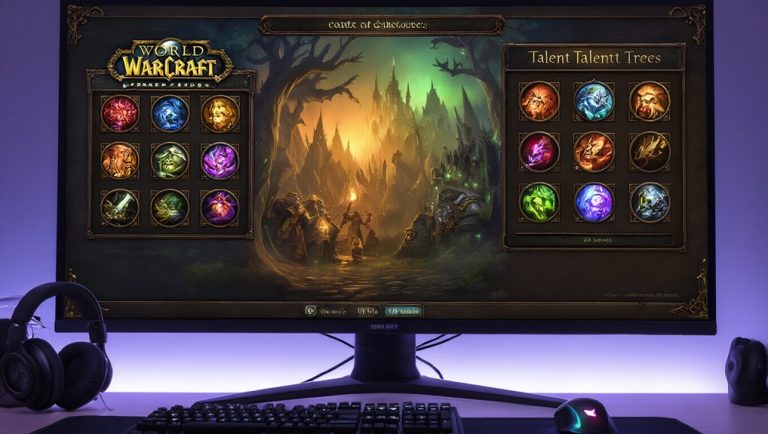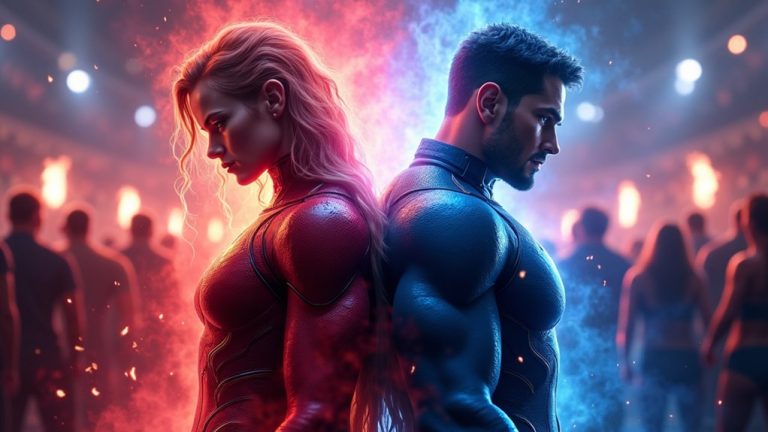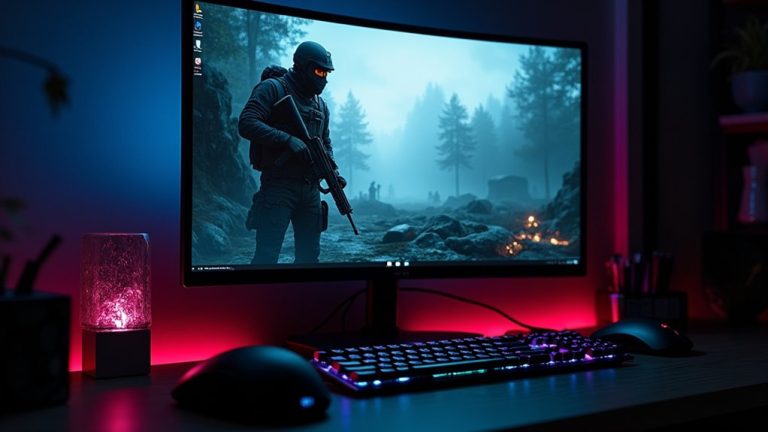For a while now, I’ve had the impression that Don’t Nod is the gaming studio equivalent of M. Night Shyamalan. The peaks–such as Life is Strange 2 or Vampyr–are genuinely intriguing, while the valleys–like Twin Mirror or Remember Me–are usually at least peculiar, even if they’re ultimately not so great. With the studio’s upcoming game, Banishers: Ghosts of New Eden, set to release in just a few weeks, I’ve been eager to learn more about this new intellectual property. What will Don’t Nod bring to the table this time, and how will it all come together? As it turns out, Banishers isn’t as eccentric as some of the team’s other games, at least not at first glance. However, I hope that this ghostly tale can distinguish itself from the influence it draws from.
Recently, I had the opportunity to play around two hours of Banishers, and after an introduction that begins in a small New England village, the game’s focus quickly became clear: Banishers is Don’t Nod’s interpretation of an action-adventure game in the vein of 2018’s God of War. This becomes evident in how you traverse the world with a companion, gather abundant crafting materials, upgrade your equipment and weapons, solve environmental puzzles to overcome obstacles, and routinely dismantle fantastical creatures with vibrant combos, both metaphorically and literally–even God of War’s favored use of bright orange is replicated.
When I realized that Banishers is Don’t Nod playing it safer than they have with games like Remember Me or Twin Mirror, I was somewhat disappointed. I was expecting something peculiar and innovative, not a familiar action-packed adventure where I hurl bladed weapons to dispatch vile creatures while my NPC ally joins me in battle. However, by the time the demo concluded, I began to notice and appreciate the unique aspects of Banishers.
Although Banishers borrows God of War’s concept of an Atreus-like companion, in this case, the character of Antea is also fully playable. With the press of a button, I can switch between Red and Antea, Red’s spectral lover. Antea still assists in combat when summoned, similar to Atreus and his arrows, but I can also embody her instantaneously, unleashing entirely different attacks and combos. Since she is a ghost, she occupies the same space Red occupied just a moment before, resulting in a seamless and efficient transition. It’s an interesting evolution of what came before, and this building upon a familiar foundation extends to other aspects of the game.
Outside of combat, Antea serves as Red’s alternate vision mode, perceiving things in her ghostly realm that are invisible to Red’s physical eye. This means that some puzzles require me to switch back and forth between the characters to ultimately reach my destination. In the story, Red and Antea’s objectives are not always aligned, and I witnessed both minor and major ways in which I could influence the narrative, sometimes through dialogue options that appeared as I roamed the mystical woods, and other times by making difficult choices with seemingly distinct outcomes for both Antea and other characters in the story.
His name is Red, but his powers are orange. What’s the reason?
My demo started at level 7 in the game’s RPG-lite skill tree, which meant that certain story elements were absent. However, from what I gathered, it is Red’s mission to somehow save his beloved, and my decisions will impact her ultimate fate. At crucial narrative crossroads, I had the choice to help Antea be resurrected or aid her in “ascending,” which gave me pause since I didn’t yet have all the context regarding the divergent paths. If my love is a ghost, what advantages might there be in keeping her that way and rejecting her resurrection? It became a narrative hook that I eagerly clung to, wishing to learn more before diving back into the game in November.
Beyond the gameplay mechanics reminiscent of God of War and the inherently intriguing New England setting, what intrigued me the most was the dynamic between the co-protagonists. God of War tells a tale of fatherhood. Banishers employs familiar gameplay elements and similarly monstrous creatures in a world steeped in mythology, but it does so while substituting paternal love for romantic love, a change that I am excited to explore.
In the demo’s most significant branching moment, I chose what I believed to be the ideal resolution between warring sisters, hoping to bring them closer and end their conflict for good. However, my good intentions only made things worse in a way that seemed reasonable but still caught me off guard. Defeating a massive, hate-fueled, four-legged ghost named The Beast gave the combat a sense of grandeur after spending two hours dismantling lesser spirits, but it was the subsequent conversational segments that truly revealed the potential of Banishers.
As Red and Antea strive to banish ghosts from the lives of those around them, episodic tales like the one I witnessed will gradually unveil more about the duo. I am eager to see where Red and Antea’s journey leads and how my choices can impact both Antea’s destiny and the lives of those connected to the two characters. If Don’t Nod can infuse the game’s familiar setup with challenging decisions and a meaningful love story, that alone may be enough for me to consider this journey worthwhile.
Banishers: Ghosts of New Eden will be available on PS5, Xbox Series X|S, and PC on November 7.



